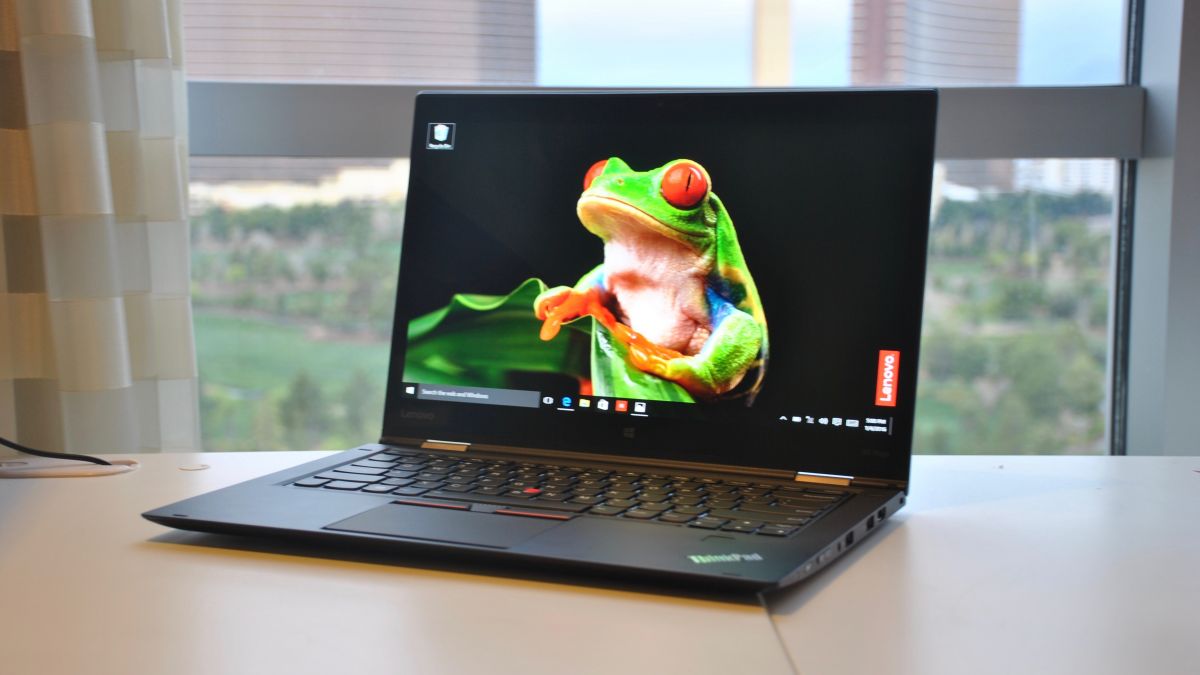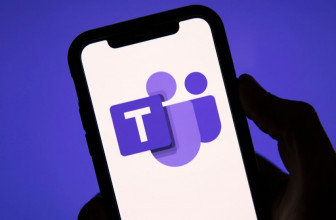
Microsoft is soon going to make it compulsory for the manufacturers of Windows 10 PCs, tablets and smartphones to include TPM (Trusted Platform Module) for bolstered security.
In a TechNet post which covered the topic of TPM 2.0 compliance for Windows 10 devices in the future, Microsoft said it would be introducing the cast-iron requirement for systems to include TPM on the day before the anniversary of Windows 10’s launch.
Redmond stated: “All shipping devices for Windows 10 across all SKU types must be using TPM 2.0 discrete or firmware from July 28, 2016. This requirement will be enforced through our Windows Hardware Certification program.”
TPM is already present on a large number of business-targeted computers and notebooks, where security is always a heightened concern, but it’s not so common for consumer machines. That will all change soon enough.
Pi exception
All hardware running Windows 10 desktop editions – that’s Windows 10 Home, Pro, Education and Enterprise – must implement TPM 2.0 and ship with it enabled, along with all Windows 10 Mobile devices.
The exception to the rule is Windows 10 IoT Core where TPM will remain optional, so the likes of the Raspberry Pi won’t be bound by this new Redmond directive.
TPM encompasses a raft of security mechanisms designed to protect a device from tampering and would-be intruders if the hardware falls into the wrong hands, and the newer TPM 2.0 standard offers a number of clear advantages over TPM 1.2 including support for SHA-256 hashing.
It can be implemented either in discrete form (a separate chip) or as firmware TPM.
Source: techradar.com










































As a developer I have to virtualize some OS'es or carry multiple laptops / devices around. Like building iOS apps, or Windows apps. But most of my work can be done in Linux using cross platform tools (IntelliJ)
Linux on the desktop might not be for everyone, but it sure works for me.
I haven't read into it too much but I know there is a lot of paranoia around TPM and Gov spying.
Tampering? I'll do what I damned well like with the hardware I buy. If Microsoft don't want me to buy their stuff, I don't care.
I jumped ship after using Windows 10 for a couple of months. Not that it is all bad, but I just didn't like the direction MS is taking, together with the privacy issues. Now a happy Linux user (Ubuntu 16.04)
One ring to rule them all. I'll pass.
What are the "gimmicks"?
I would love to use Linux but I cant run most of the programs I need to run on it. No I refuse to use any kind of virtualization. That would be like buying a Mac so I can put Windows on it.
Have fun in caveman land..Ubuntu is brutal
Same here, been Windows since 3.1 but now moving over. Not just for privacy but found Win10 to be buggy. I find that MS are focusing too much on useless gimmicks instead of the basics.